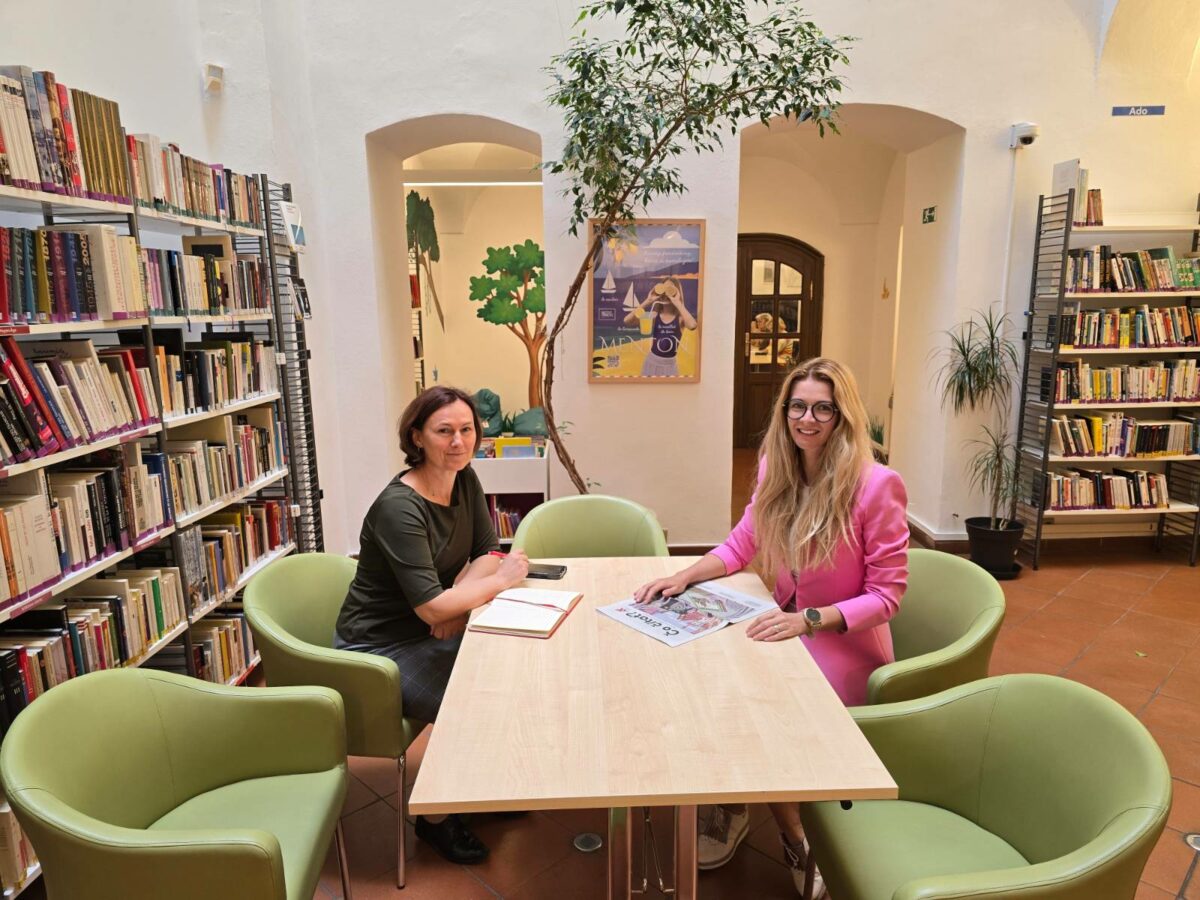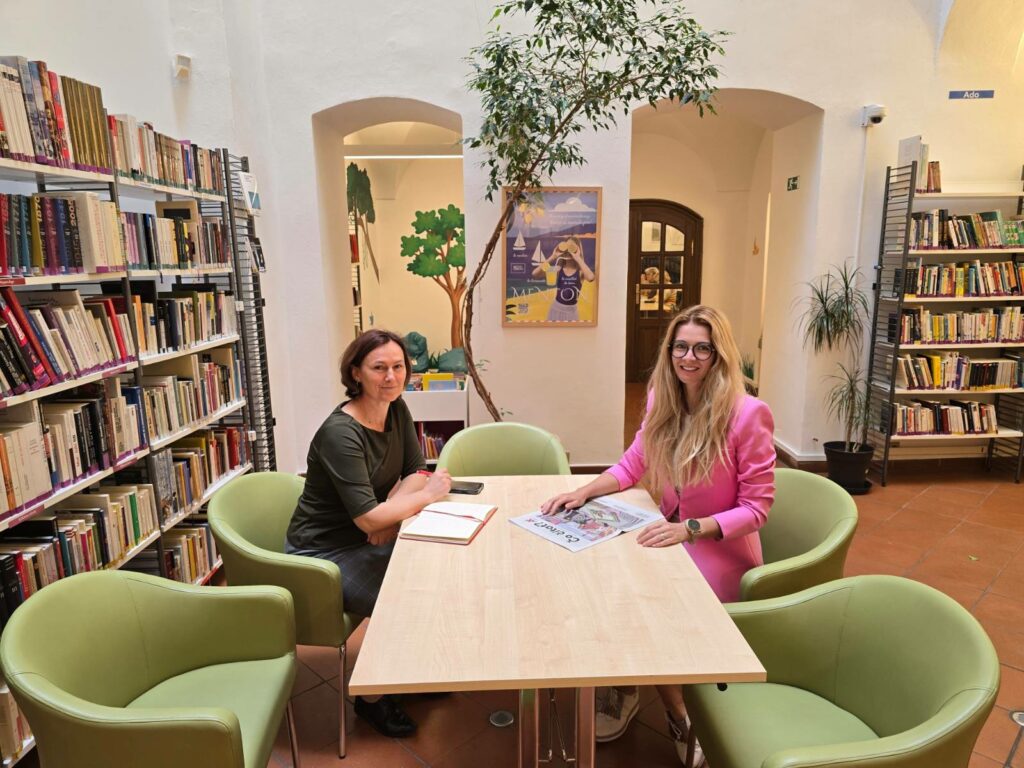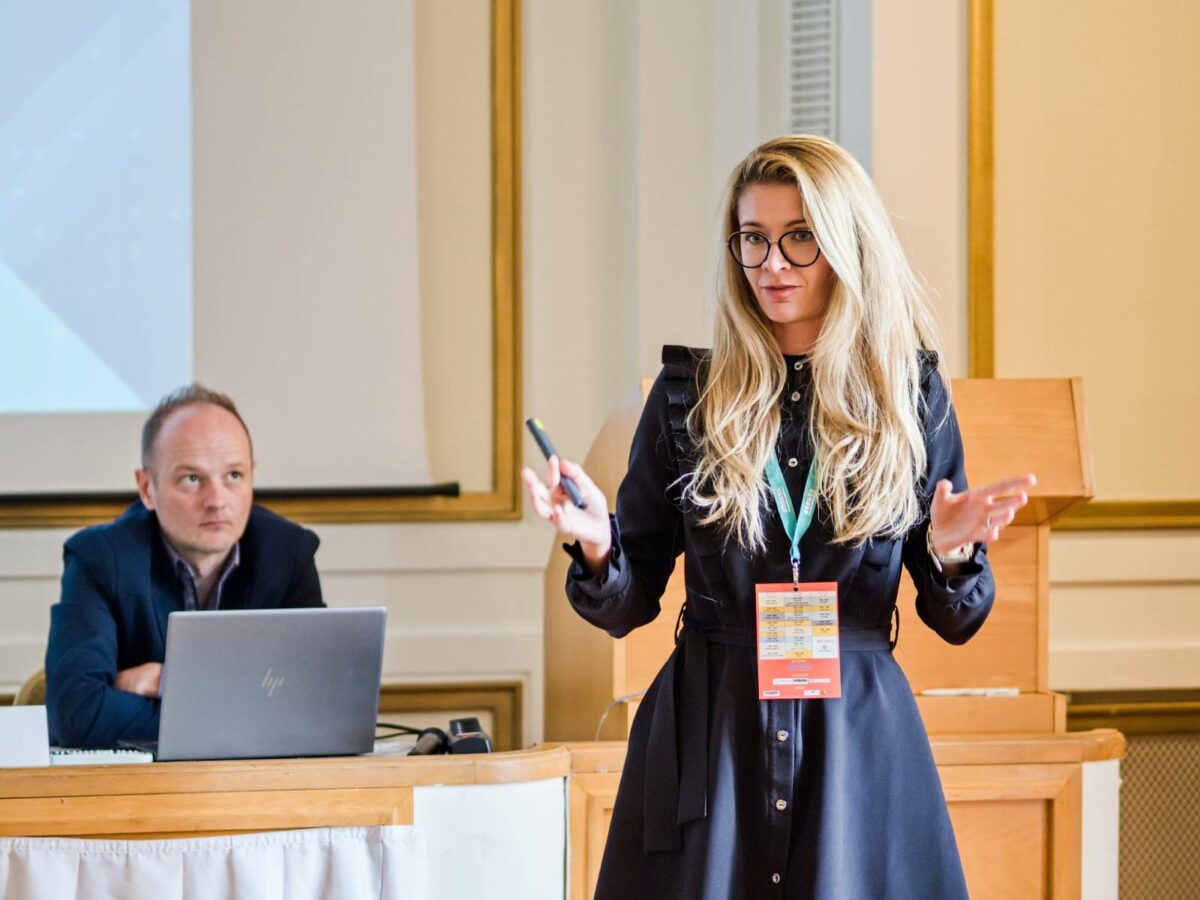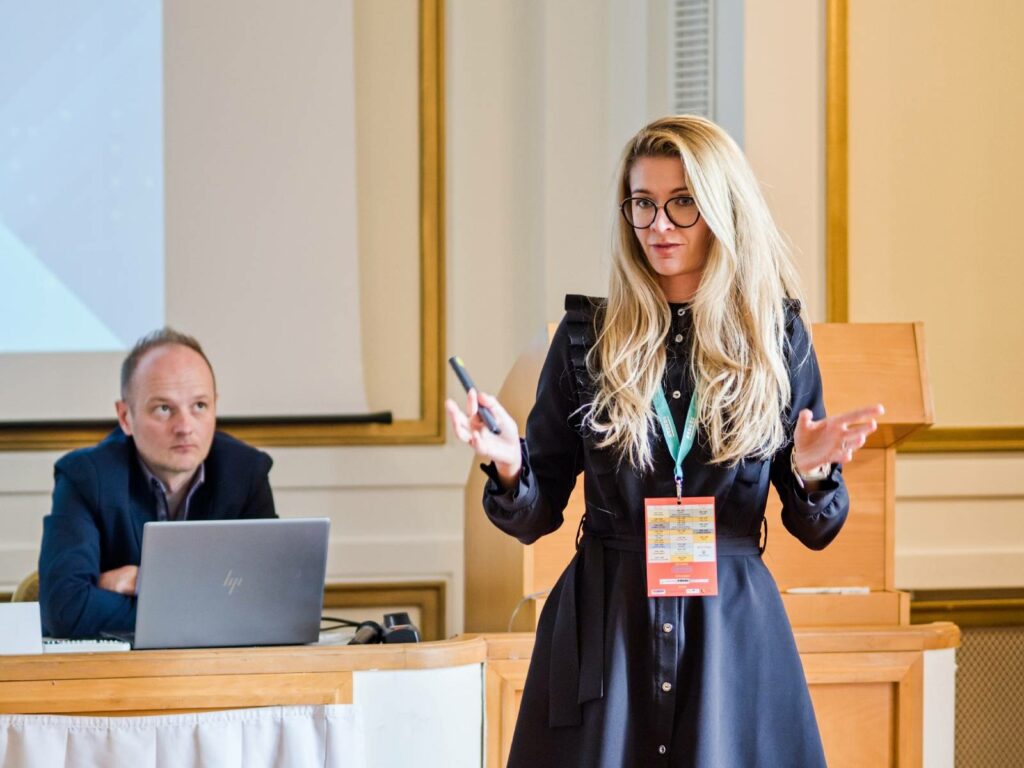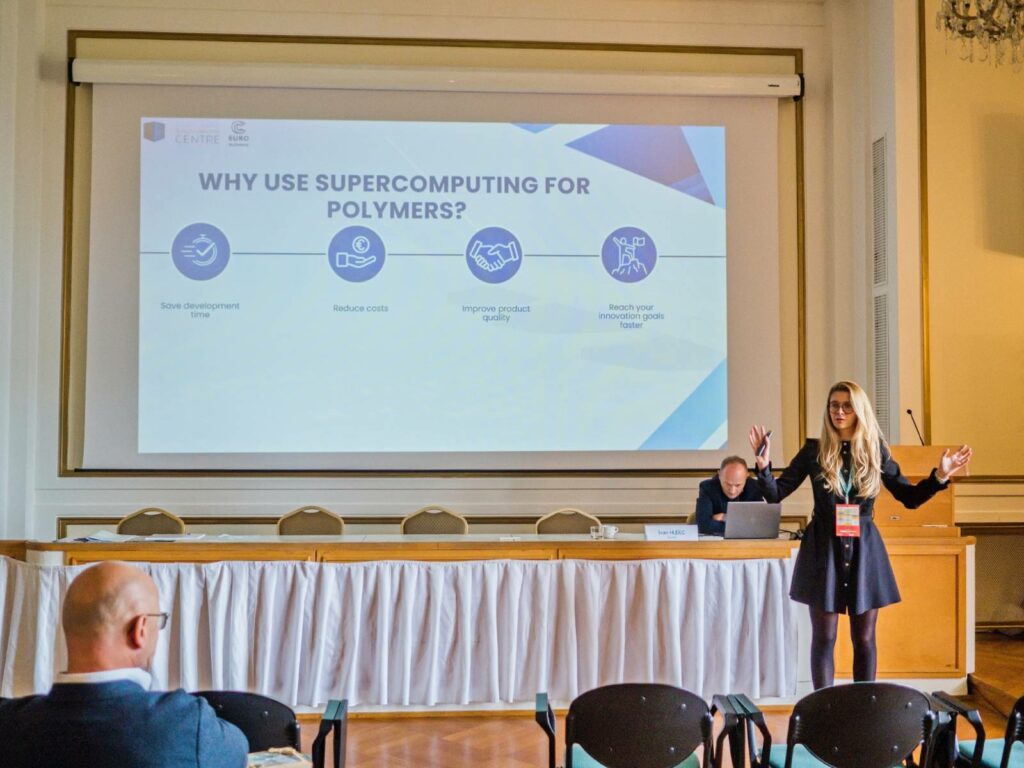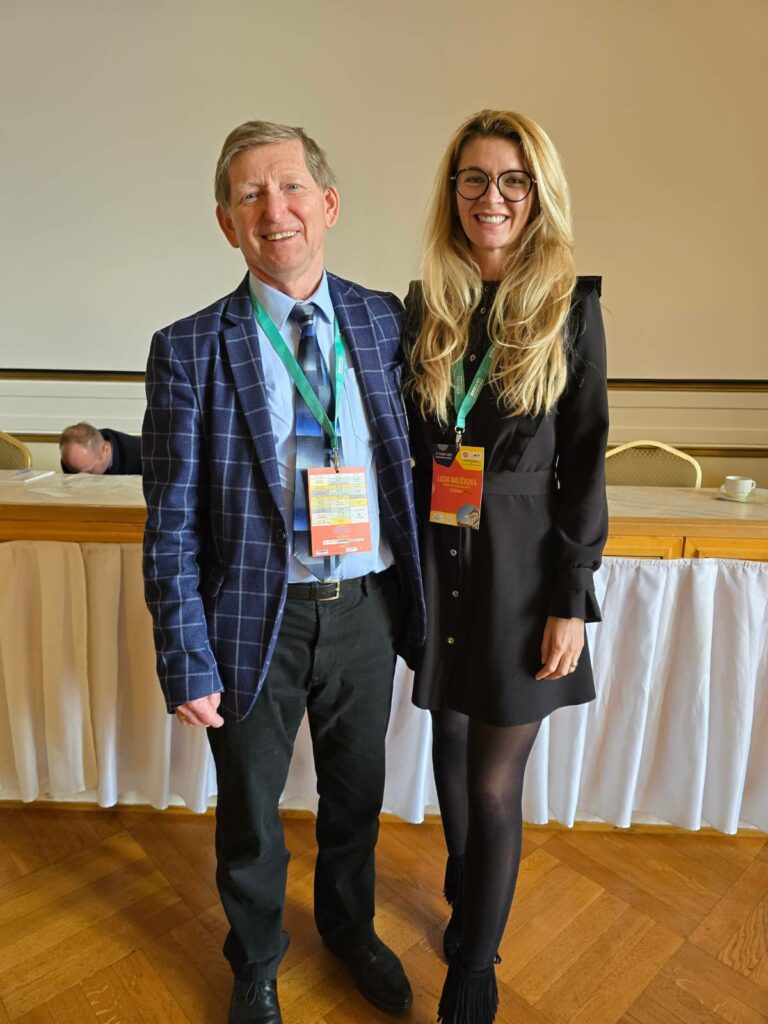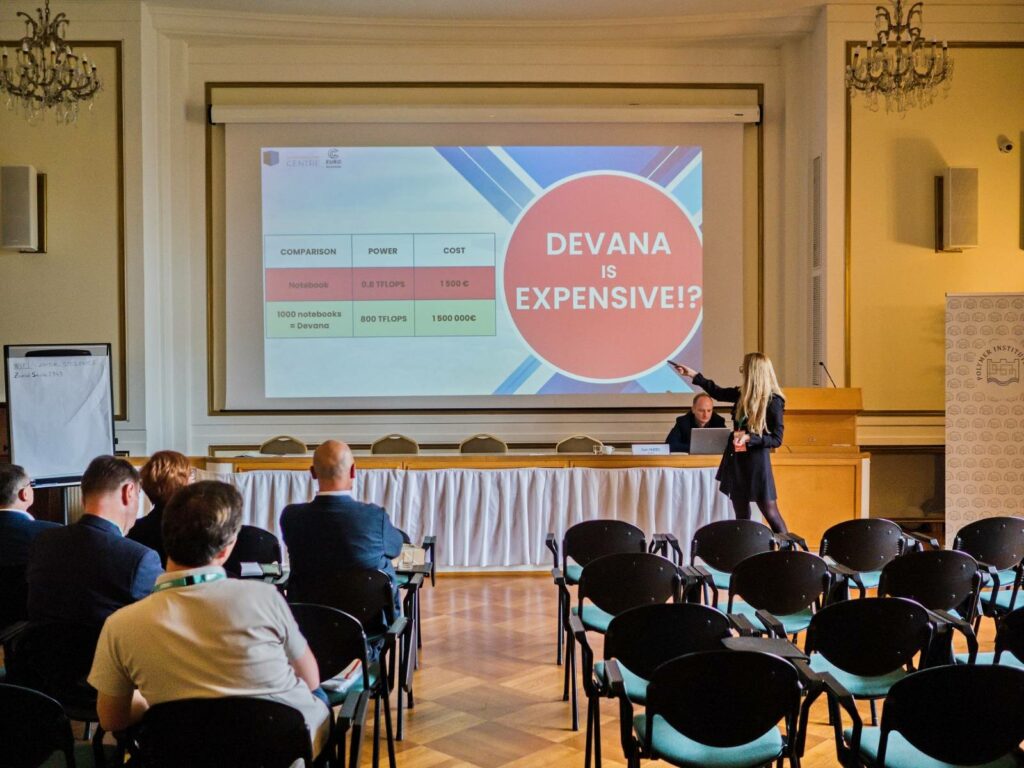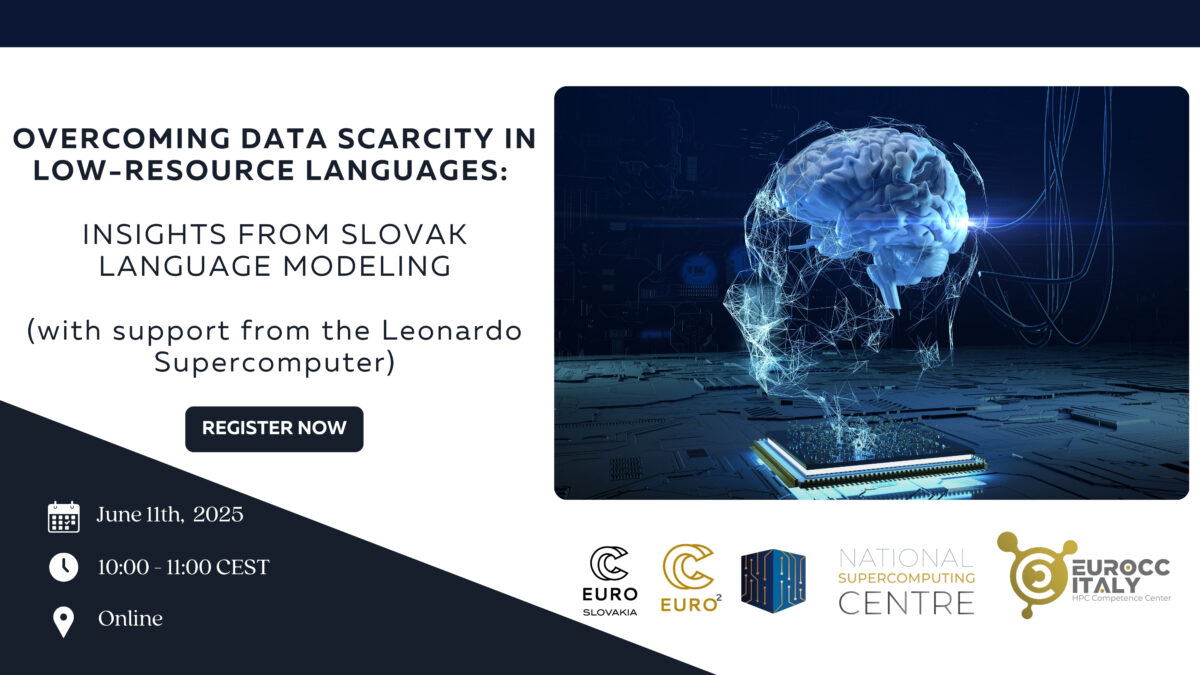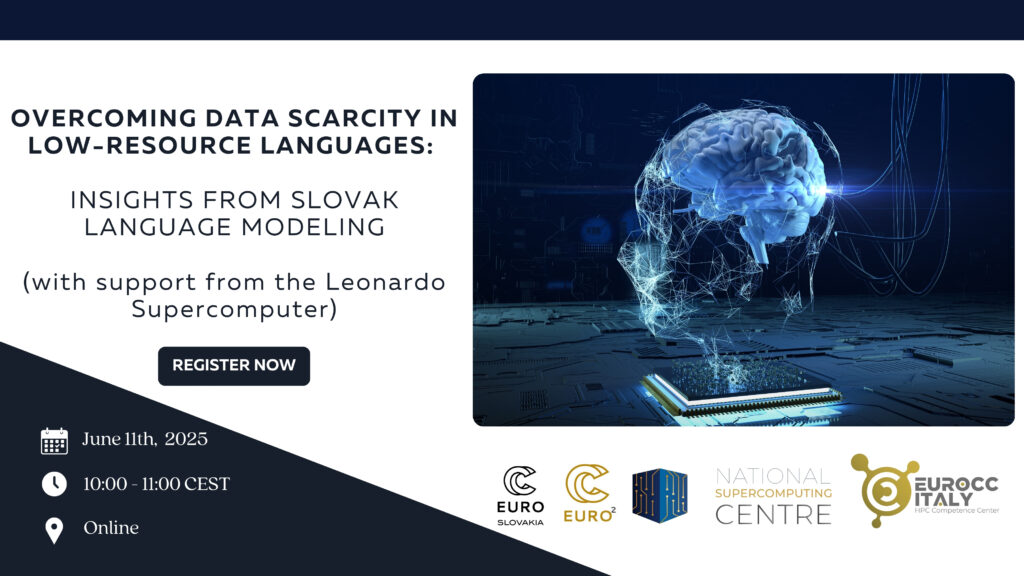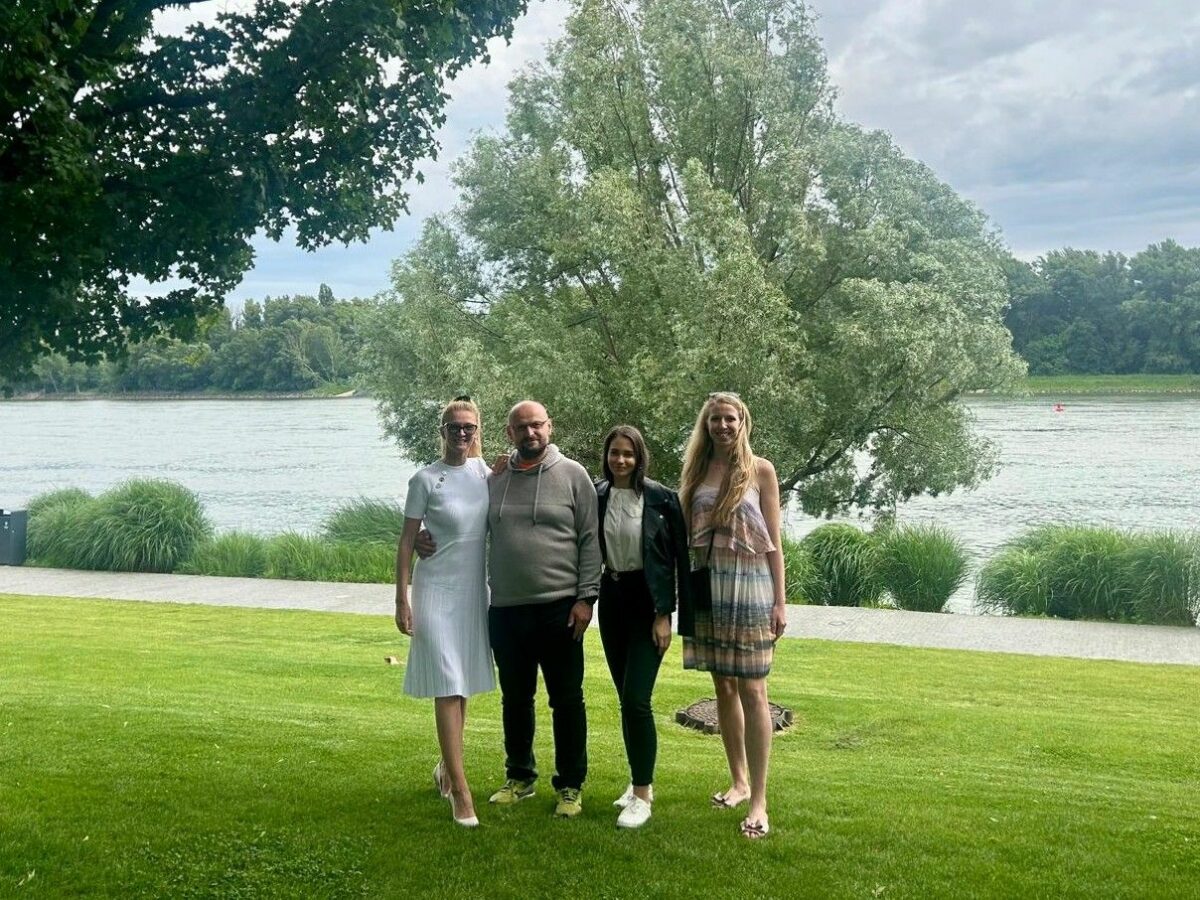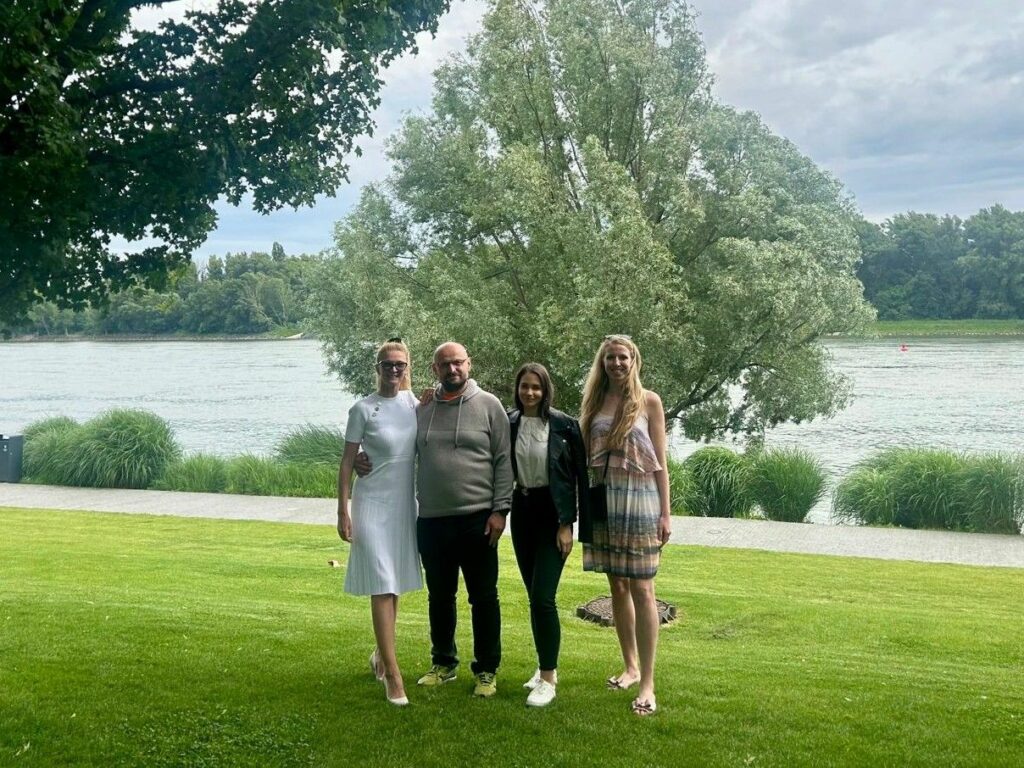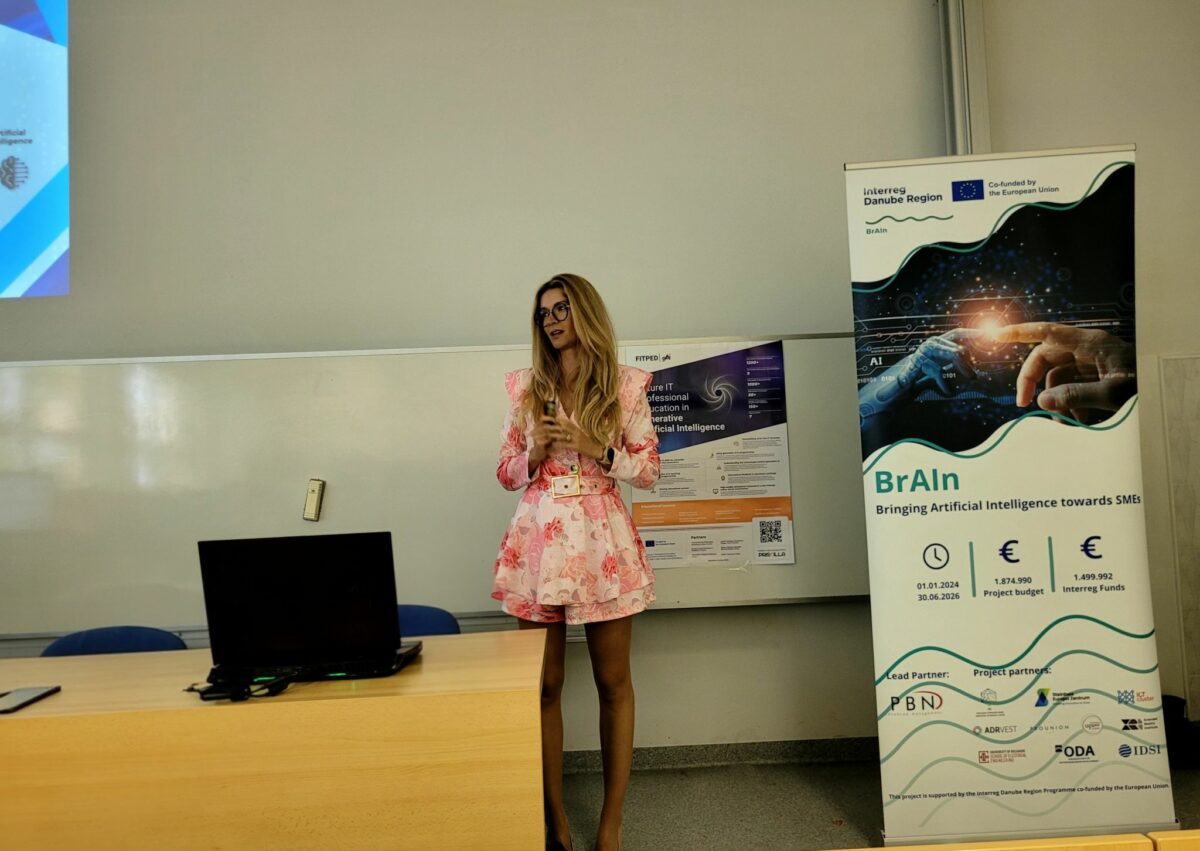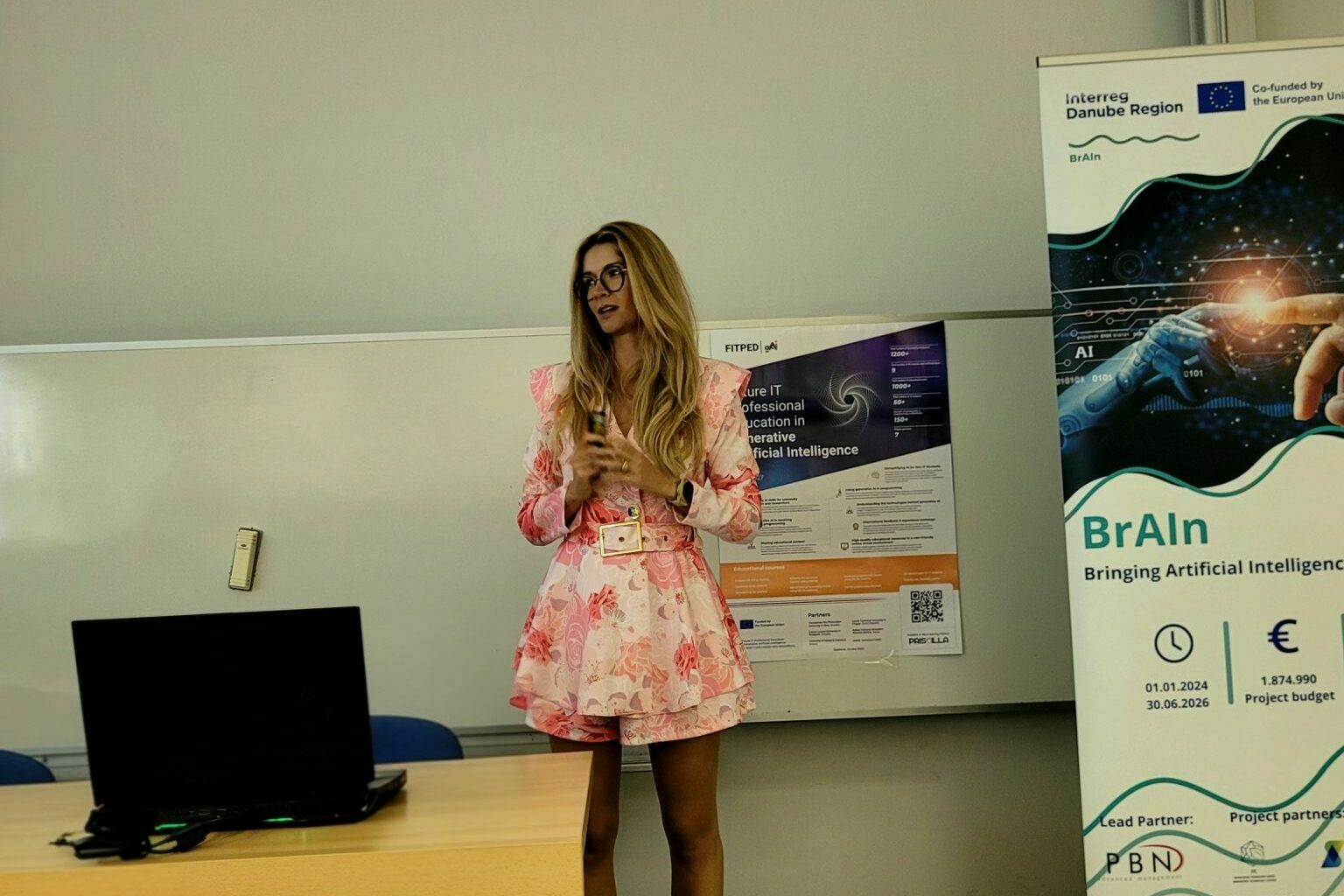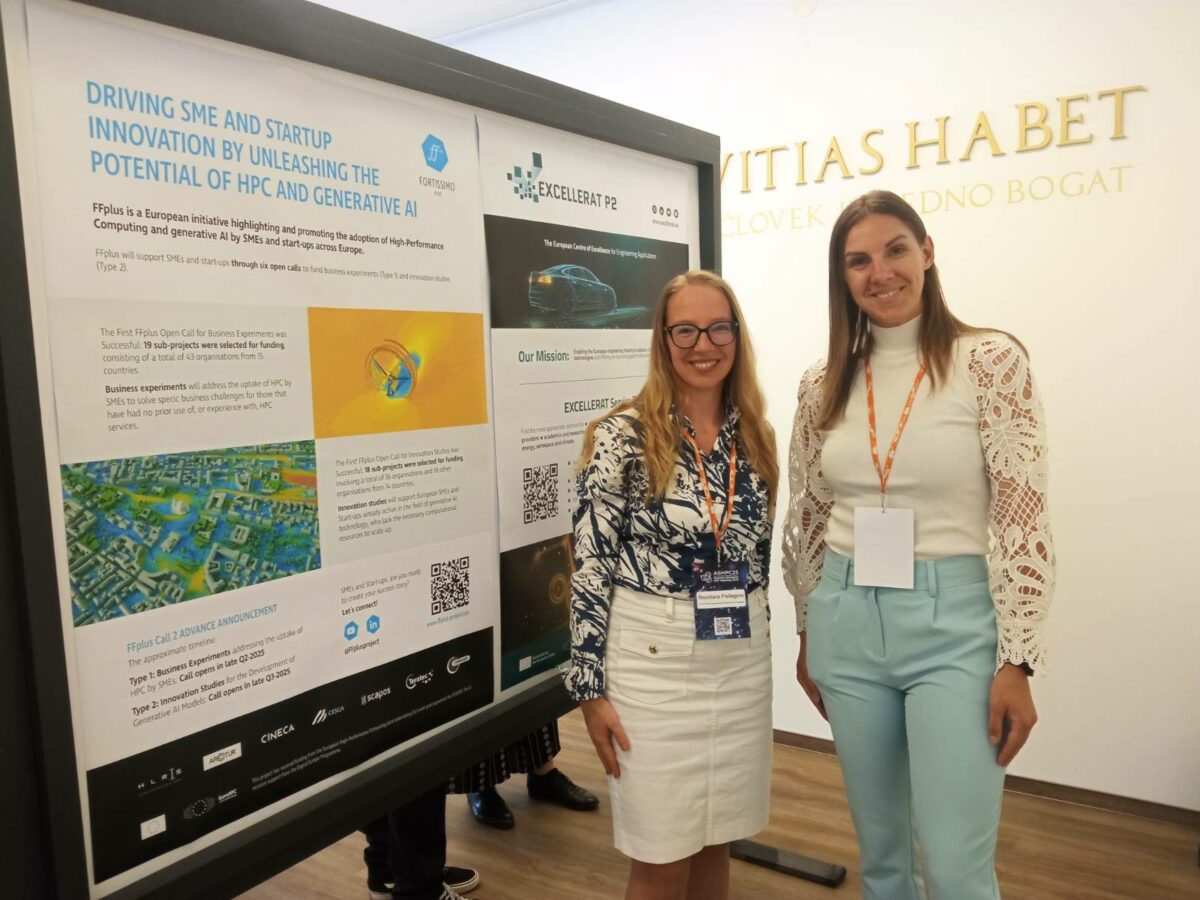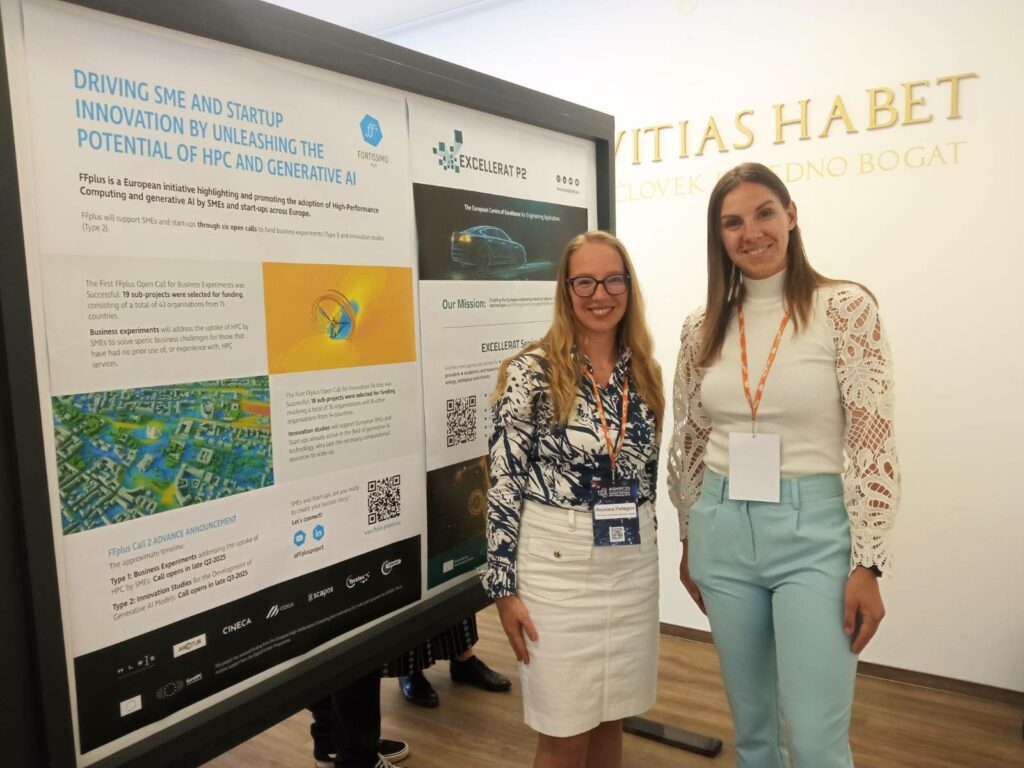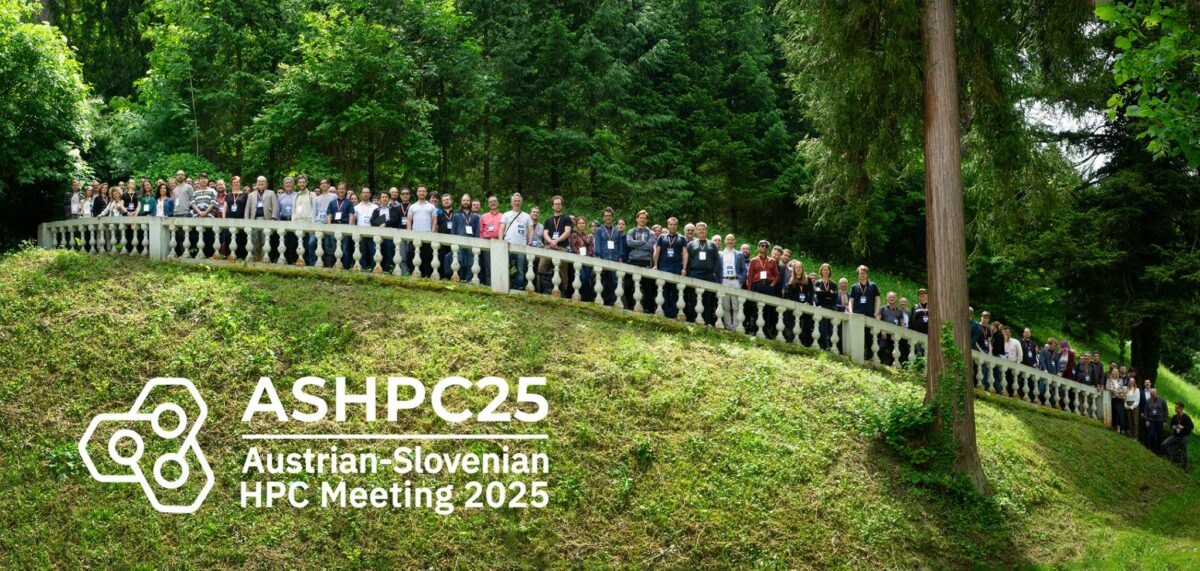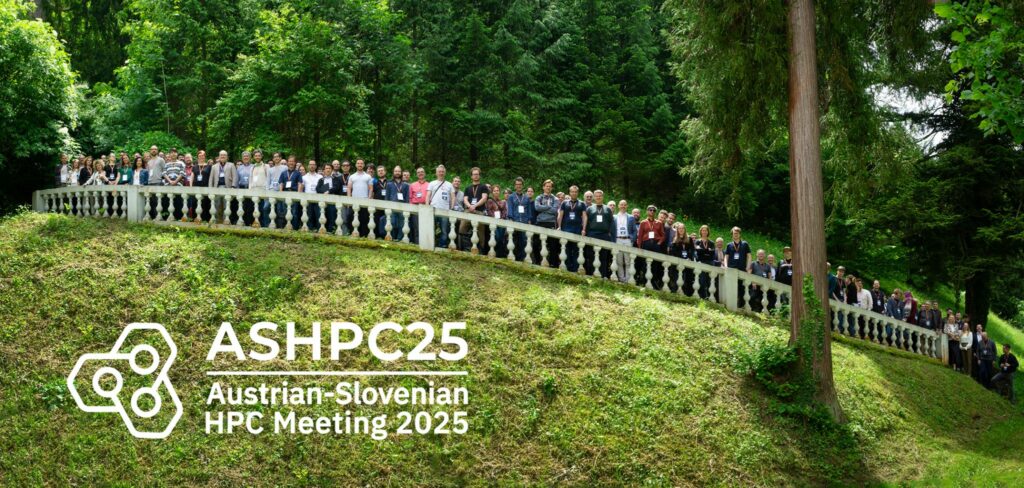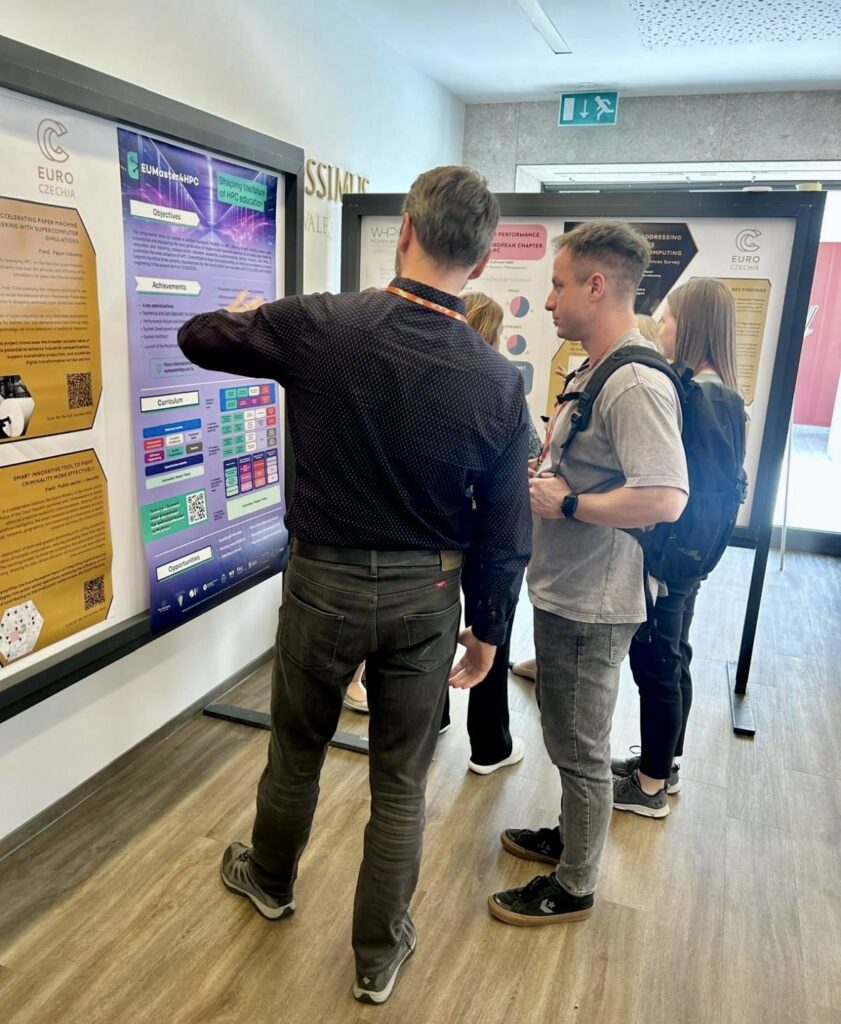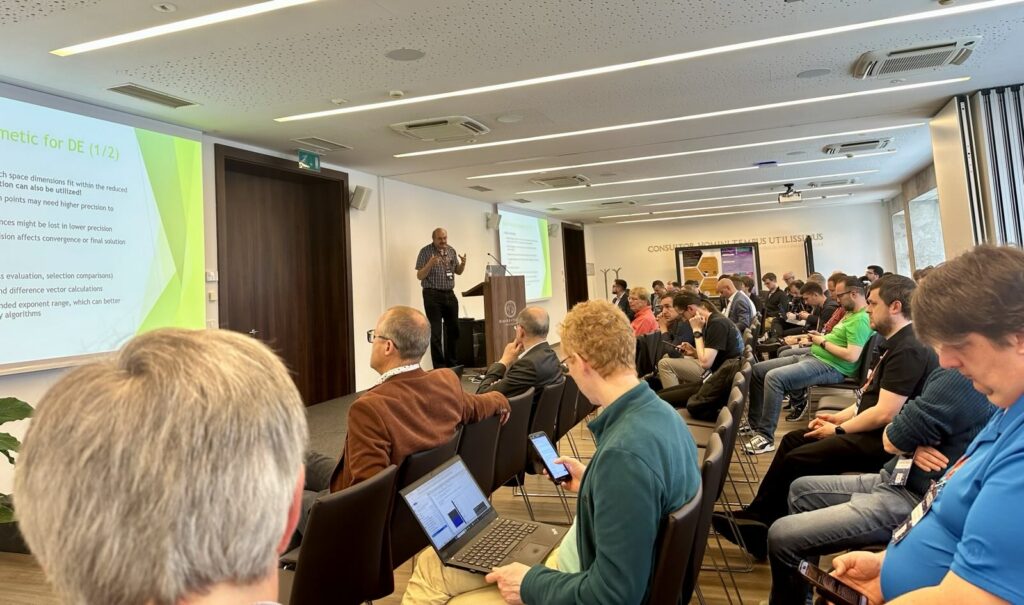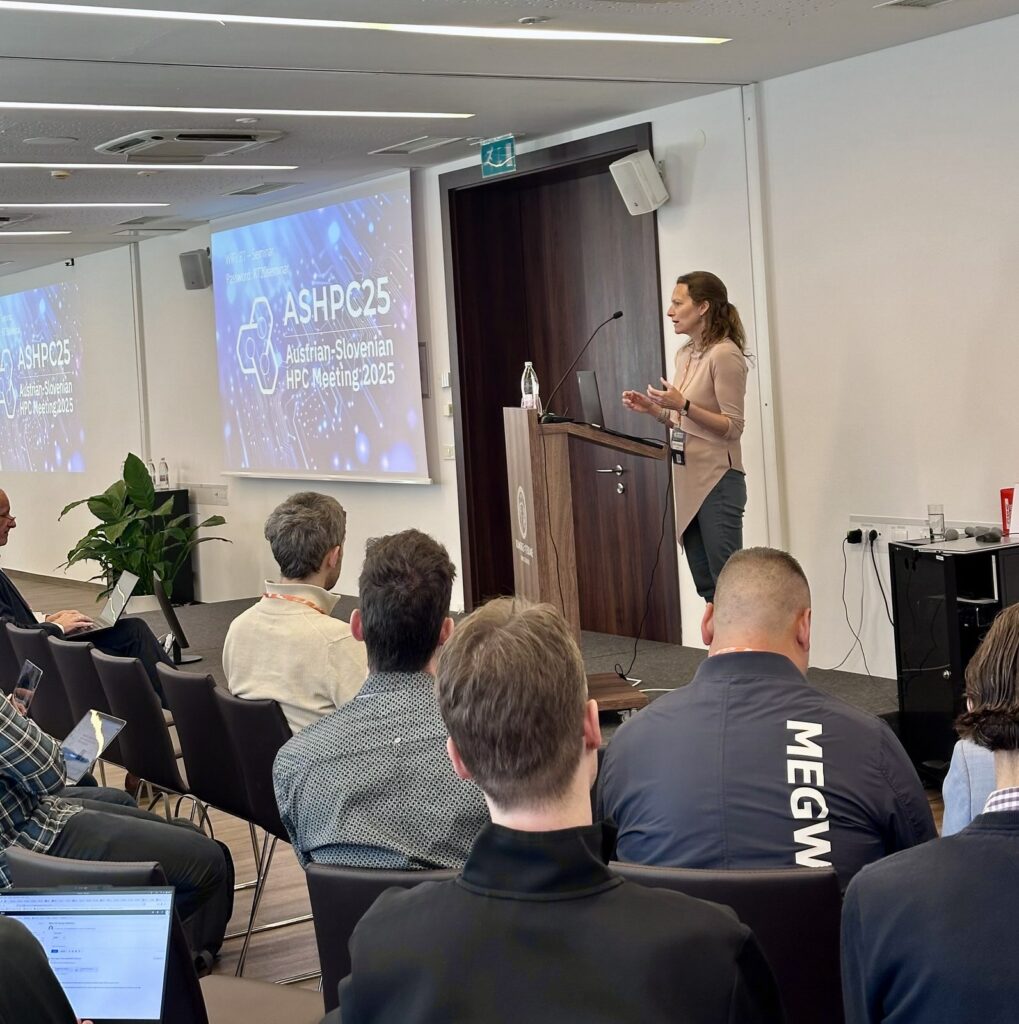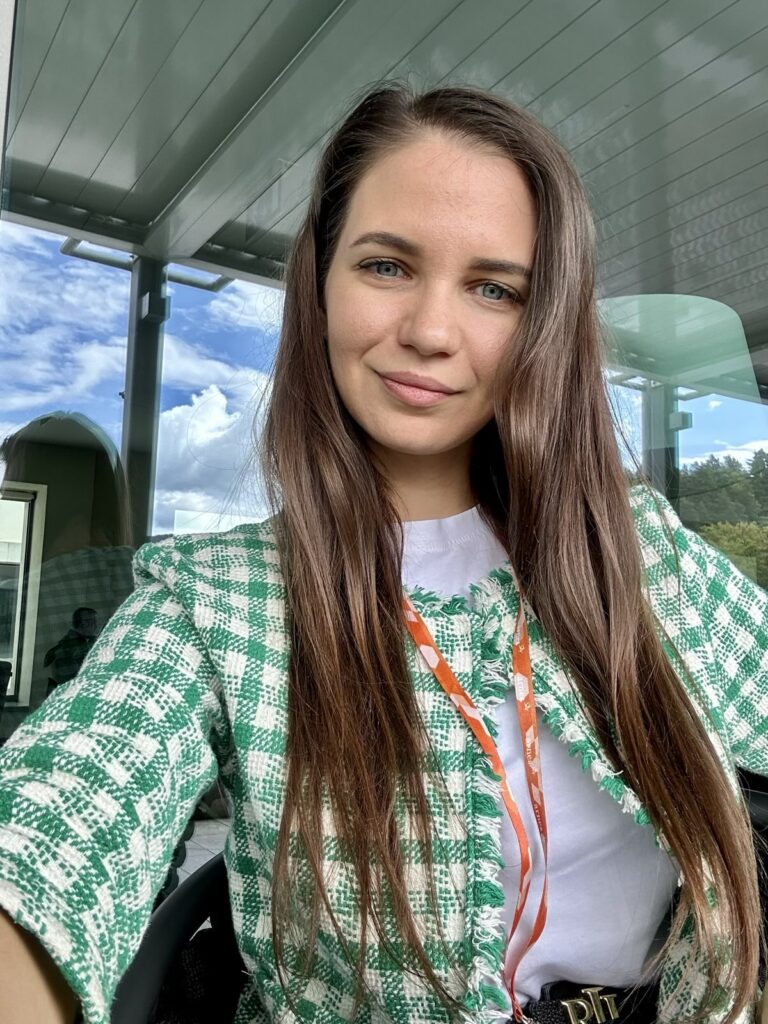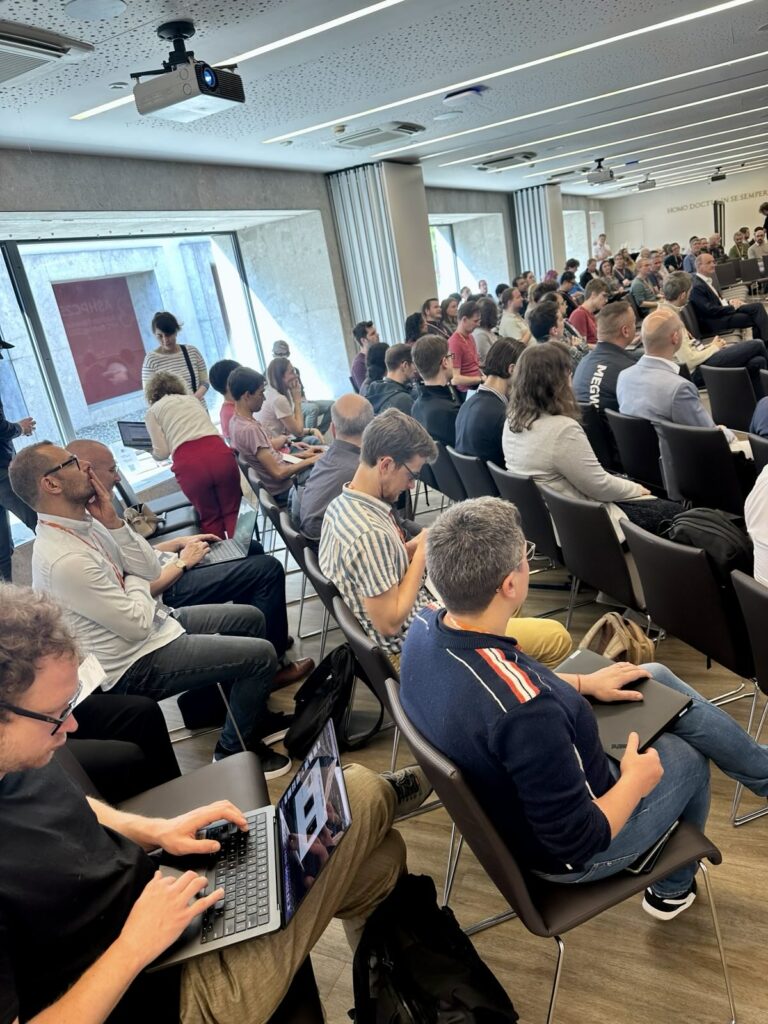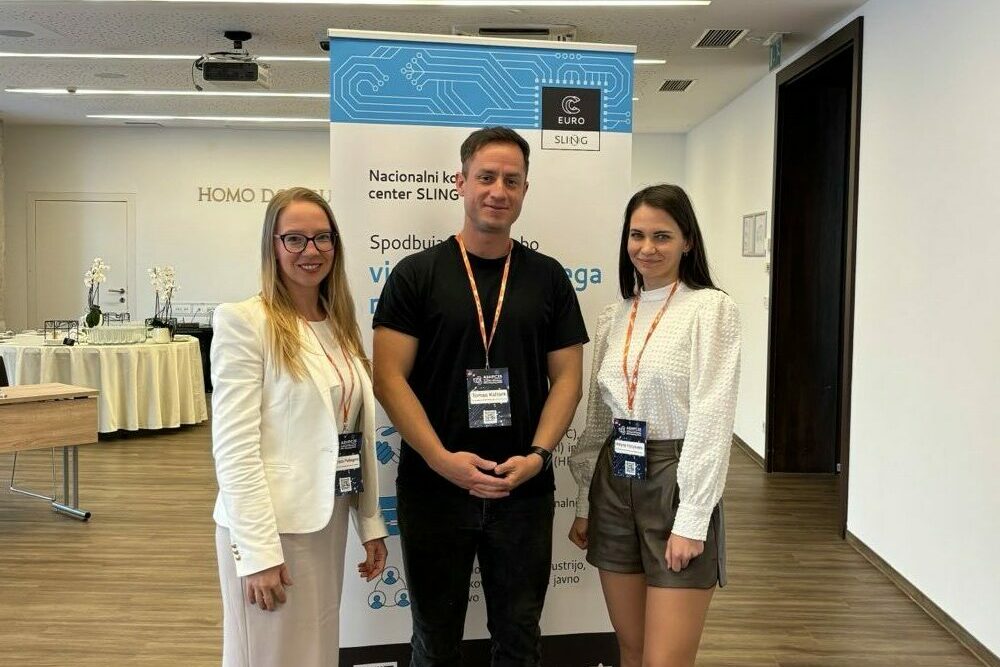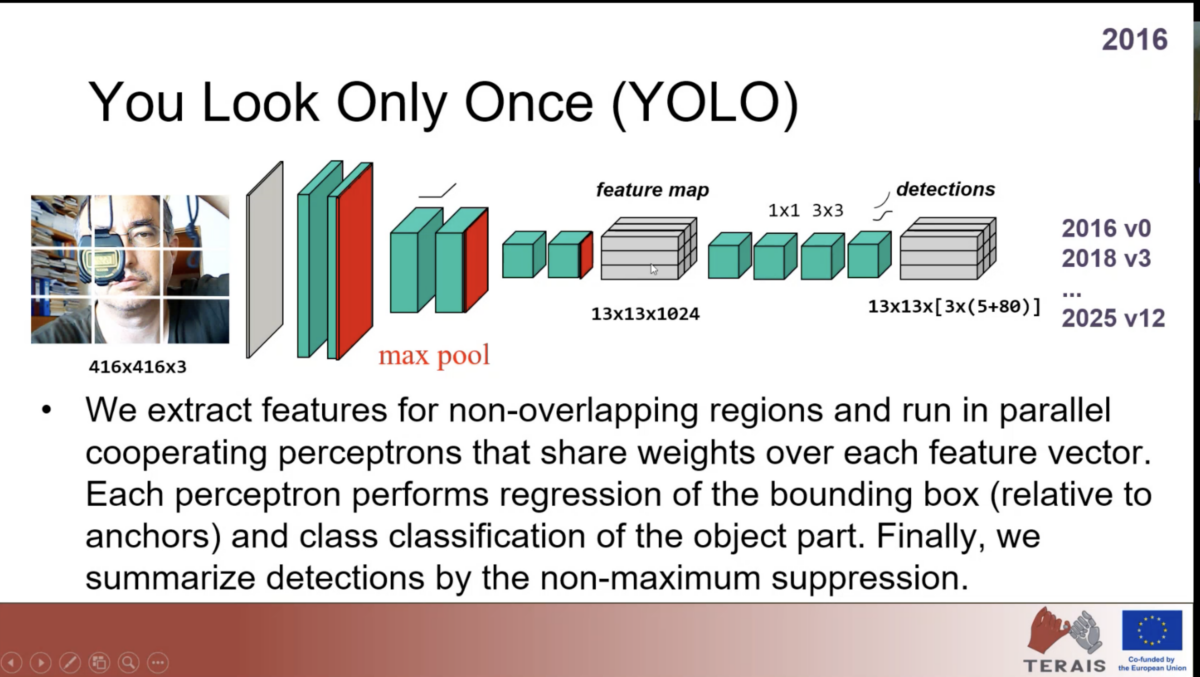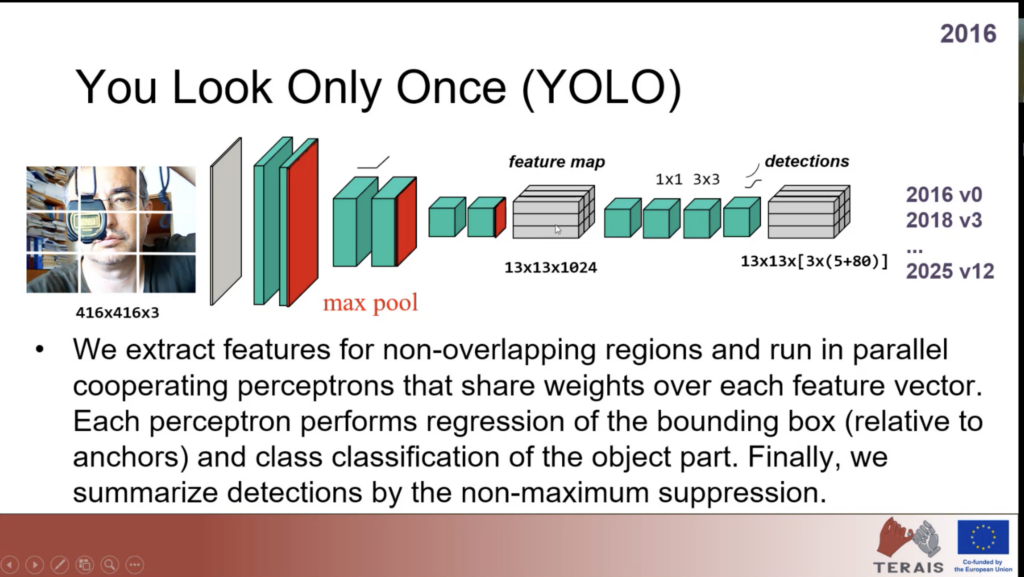HPC as a Bridge Between Slovak and French Research and Innovation
Today’s meeting at the French Embassy in Slovakia and the French Institute in Bratislava was held in the spirit of strengthening bilateral relations in the fields of research, innovation, and technological development. Thanks to open and constructive dialogue between the partners, it was possible to lay the foundations for concrete cooperation in the area of high-performance computing (HPC) infrastructure. Lucia Malíčková from the National Supercomputing Centre and the National Competence Centre for HPC held talks with Martina Saganová, Officer for University and Scientific Exchange Programmes, during which they jointly identified the potential to connect research capacities, exchange programmes, and technological initiatives between the two countries. The aim is to create an environment where expertise and innovation potential can flow across borders for the benefit of shared development.
The collaboration focuses on creating new opportunities for companies and institutions with ties to France – whether they are French businesses operating in Slovakia or organizations employing experts with experience in the French academic or research environment. An important aspect of the partnership will also be the support of mobility and exchange programmes, enabling the sharing of know-how and the development of sustainable cooperation networks.
High-performance computing plays a key role in addressing complex research and industrial challenges – from the development of new materials and climate modeling to advanced applications of artificial intelligence. It is precisely in this area that Slovak and French partners see significant potential for joint growth and capacity sharing, whether through access to supercomputing infrastructure, the development of software solutions, or support for small and medium-sized enterprises in their digital transformation.
The beginning of this strategic dialogue opens the door to long-term cooperation, with the ambition not only to strengthen scientific and research ties between Slovakia and France, but also to contribute to building a competitive European landscape in the field of digital technologies and computational power.
The launch of this strategic dialogue paves the way for long-term cooperation, aiming not only to strengthen scientific and research connections between Slovakia and France, but also to contribute to the development of a competitive European ecosystem in digital technologies and high-performance computing.
This cooperation thus represents an important step towards more effective use of scientific and innovation potential, the development of strong international ties, and the strengthening of both Slovakia’s and France’s position in the field of advanced digital technologies.
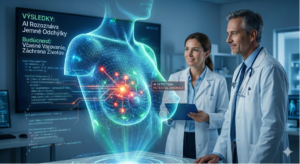 Success story: AI Helps Save Women’s Lives 17 Dec - Strach z rakoviny prsníka je tichým spoločníkom mnohých žien. Stačí jedno pozvanie na preventívne vyšetrenie, jeden telefonát od lekára či jedno čakanie na výsledky – a myseľ je plná otázok: „Som v poriadku?“ „Čo ak nie?“ „Môže sa niečo prehliadnuť?“
Aj keď skríning potvrdí negatívny nález, obavy často pretrvávajú.
Success story: AI Helps Save Women’s Lives 17 Dec - Strach z rakoviny prsníka je tichým spoločníkom mnohých žien. Stačí jedno pozvanie na preventívne vyšetrenie, jeden telefonát od lekára či jedno čakanie na výsledky – a myseľ je plná otázok: „Som v poriadku?“ „Čo ak nie?“ „Môže sa niečo prehliadnuť?“
Aj keď skríning potvrdí negatívny nález, obavy často pretrvávajú.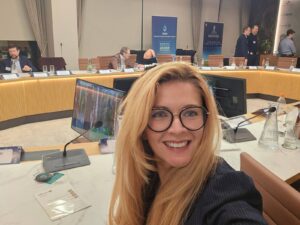 VICE and the Digital Twin at the Pre-Christmas Hydrogen Infoday 11 Dec - Dňa 10. decembra 2025 sme sa zúčastnili podujatia Predvianočný vodíkový Infoday v Bratislave. Súčasťou programu bola prezentácia VICE – Vertical Integrated Cyclic Energy, Hydrogen, vedená Laurie Farmerom a Luciou Malíčkovou.
VICE and the Digital Twin at the Pre-Christmas Hydrogen Infoday 11 Dec - Dňa 10. decembra 2025 sme sa zúčastnili podujatia Predvianočný vodíkový Infoday v Bratislave. Súčasťou programu bola prezentácia VICE – Vertical Integrated Cyclic Energy, Hydrogen, vedená Laurie Farmerom a Luciou Malíčkovou. 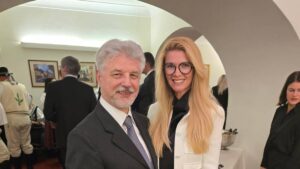 Strengthening Slovak–Romanian Cooperation and the Development of Scientific Partnership 8 Dec - Romania’s National Day is a significant historical milestone commemorating the Great Union of 1918, when Transylvania, Bessarabia, and Bukovina united with the Kingdom of Romania. This moment laid the foundations of the modern Romanian state and remains a powerful symbol of national identity and unity to this day.
Strengthening Slovak–Romanian Cooperation and the Development of Scientific Partnership 8 Dec - Romania’s National Day is a significant historical milestone commemorating the Great Union of 1918, when Transylvania, Bessarabia, and Bukovina united with the Kingdom of Romania. This moment laid the foundations of the modern Romanian state and remains a powerful symbol of national identity and unity to this day.
